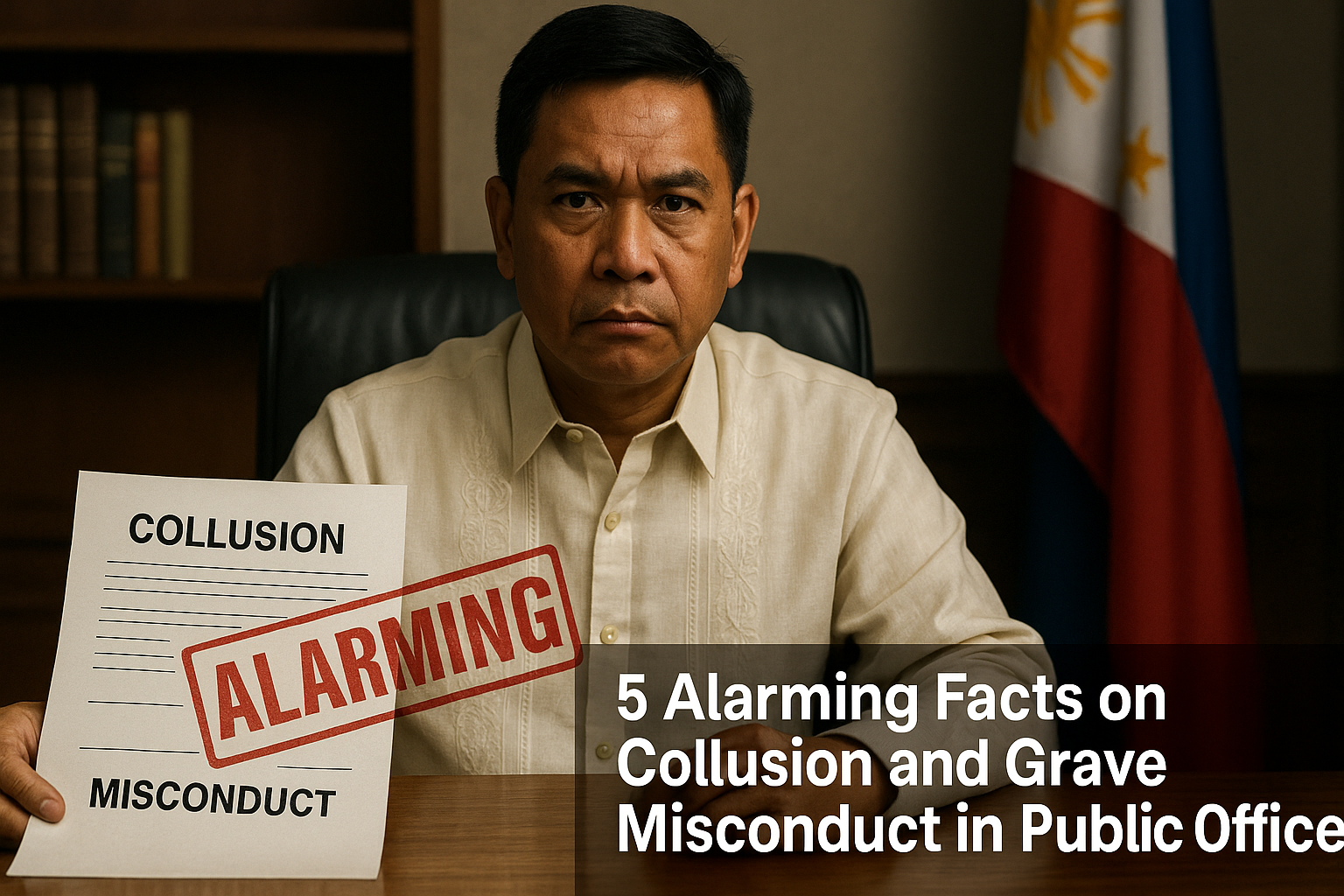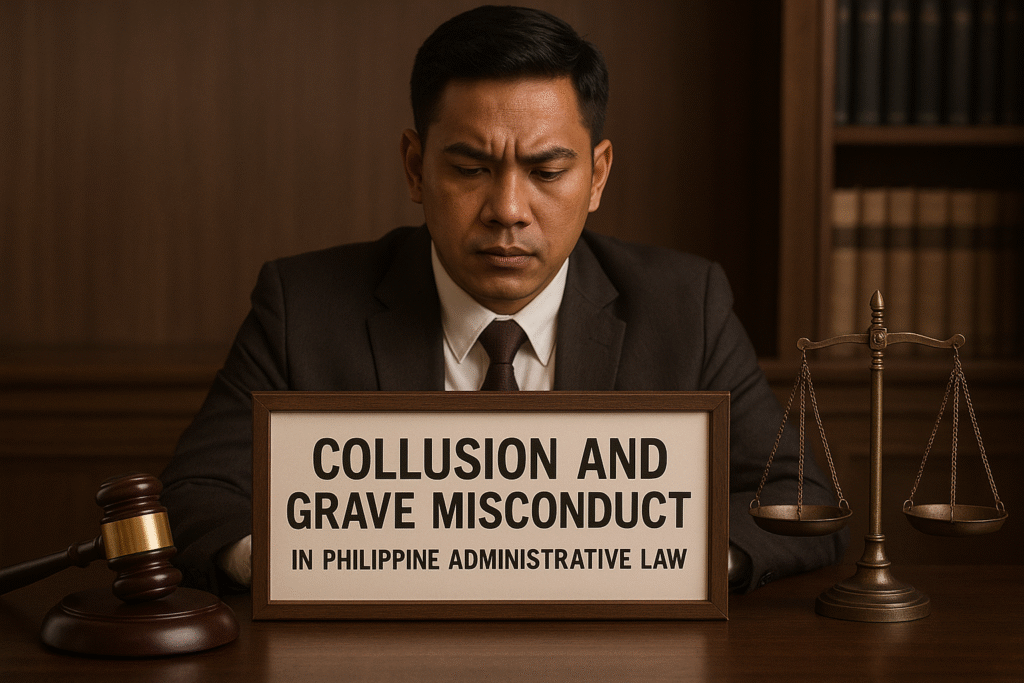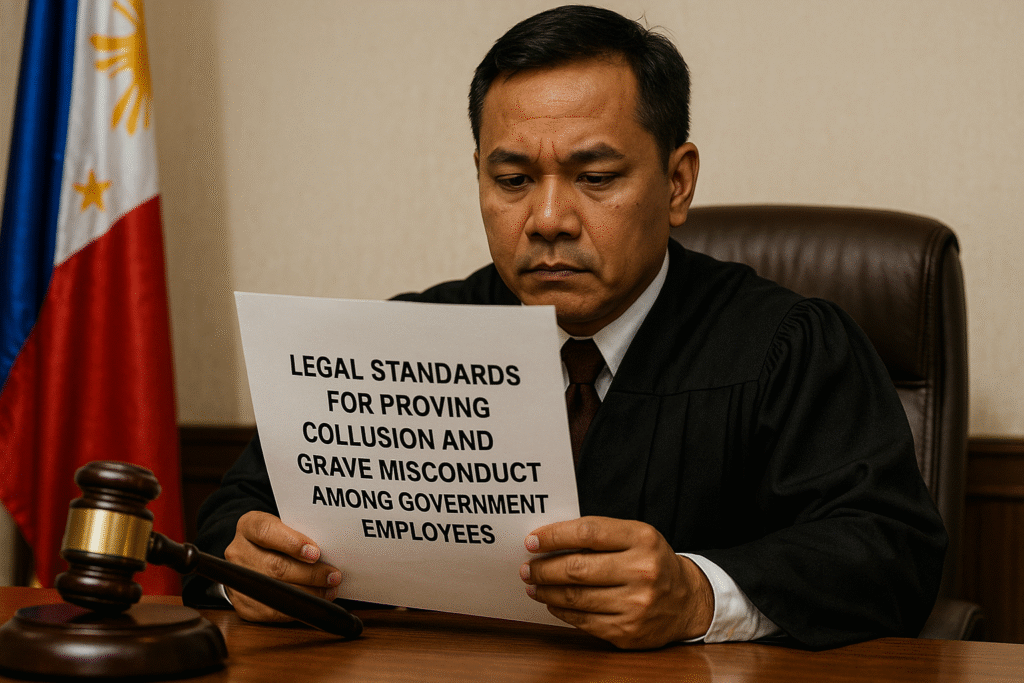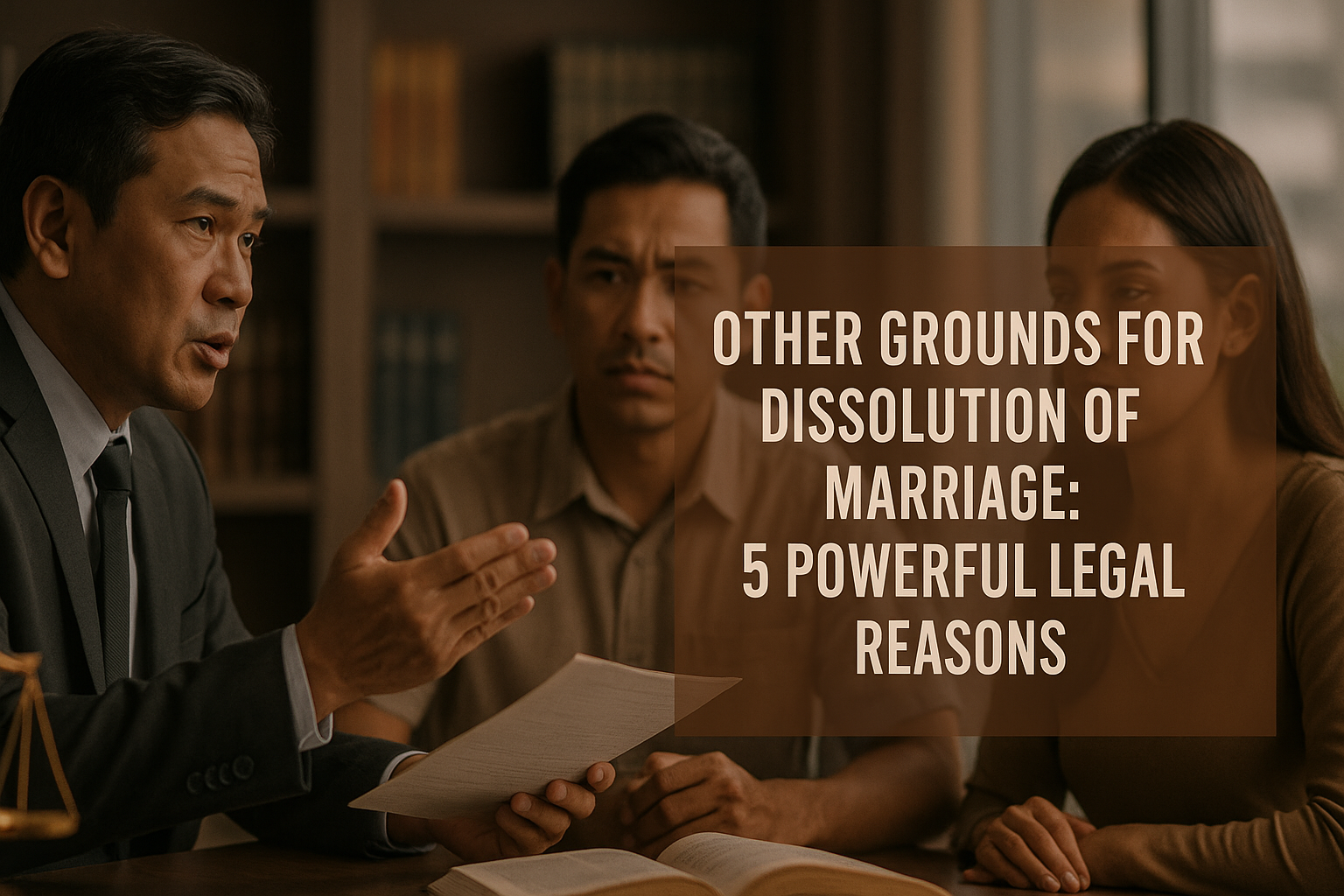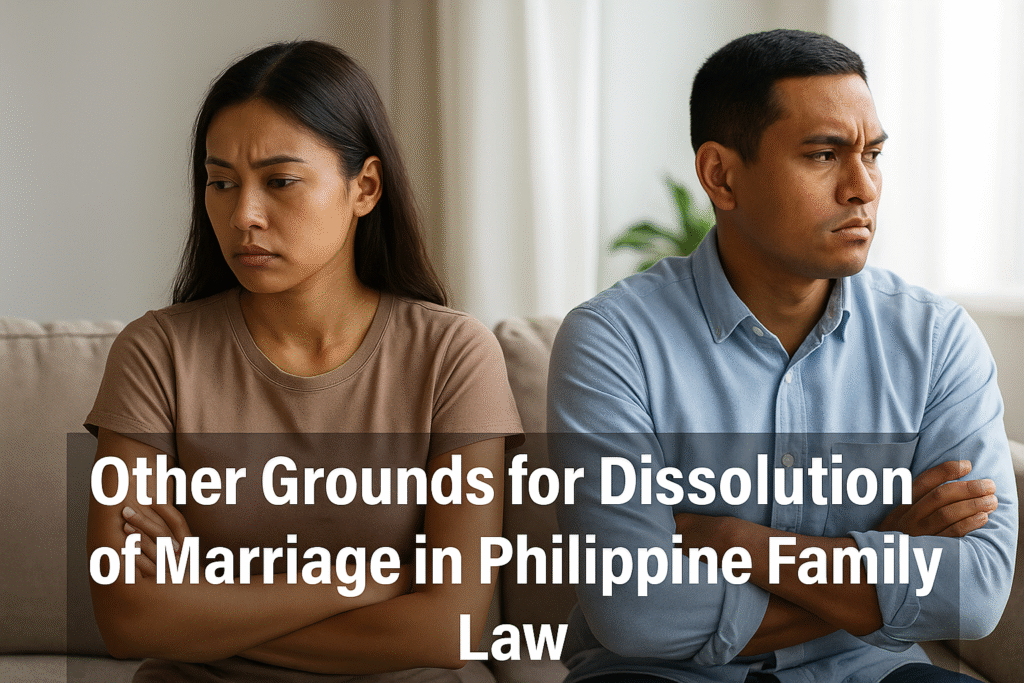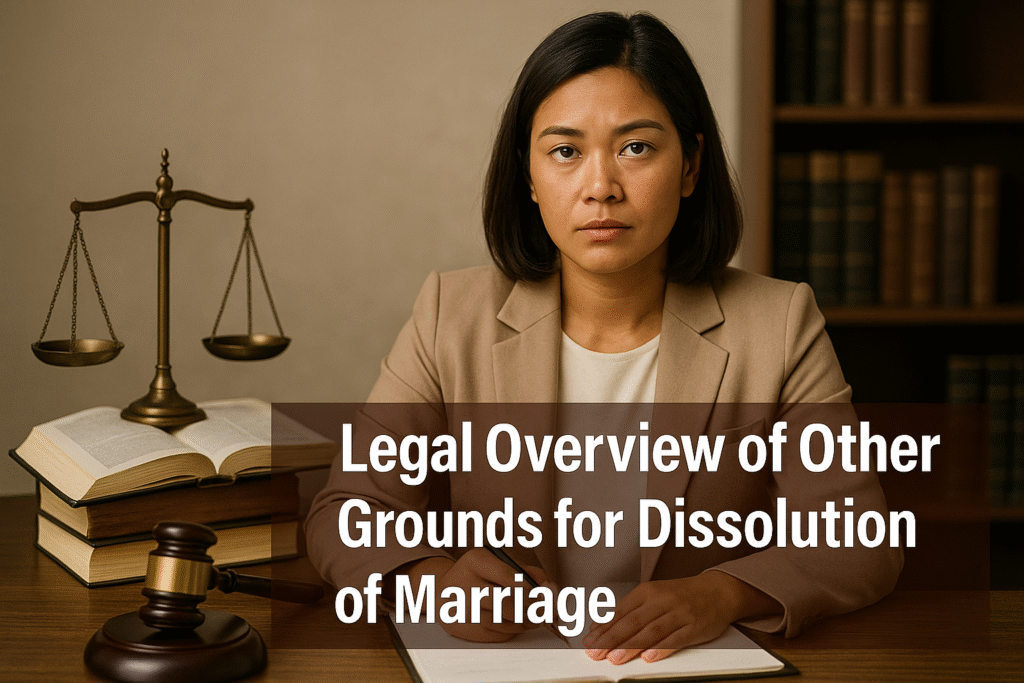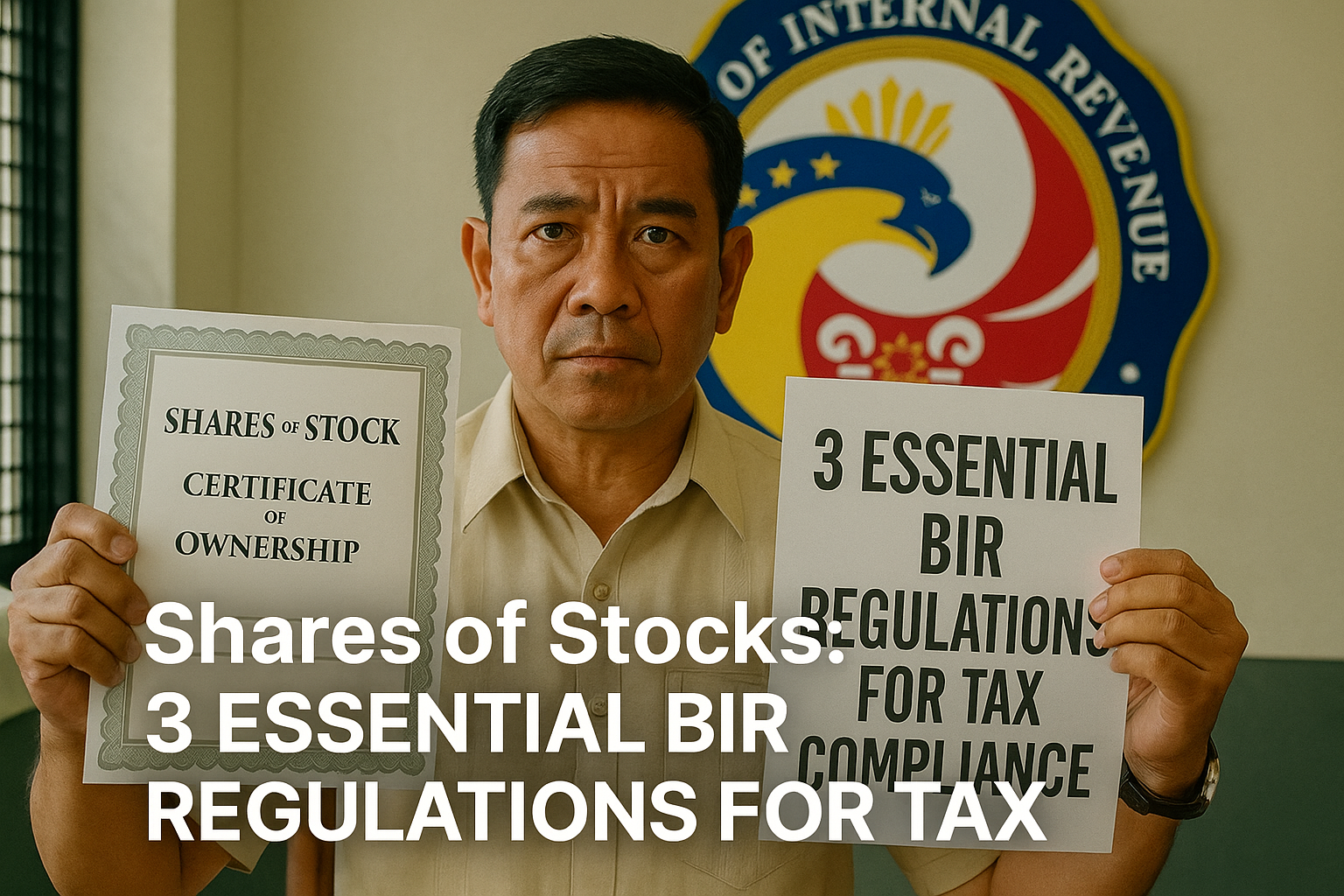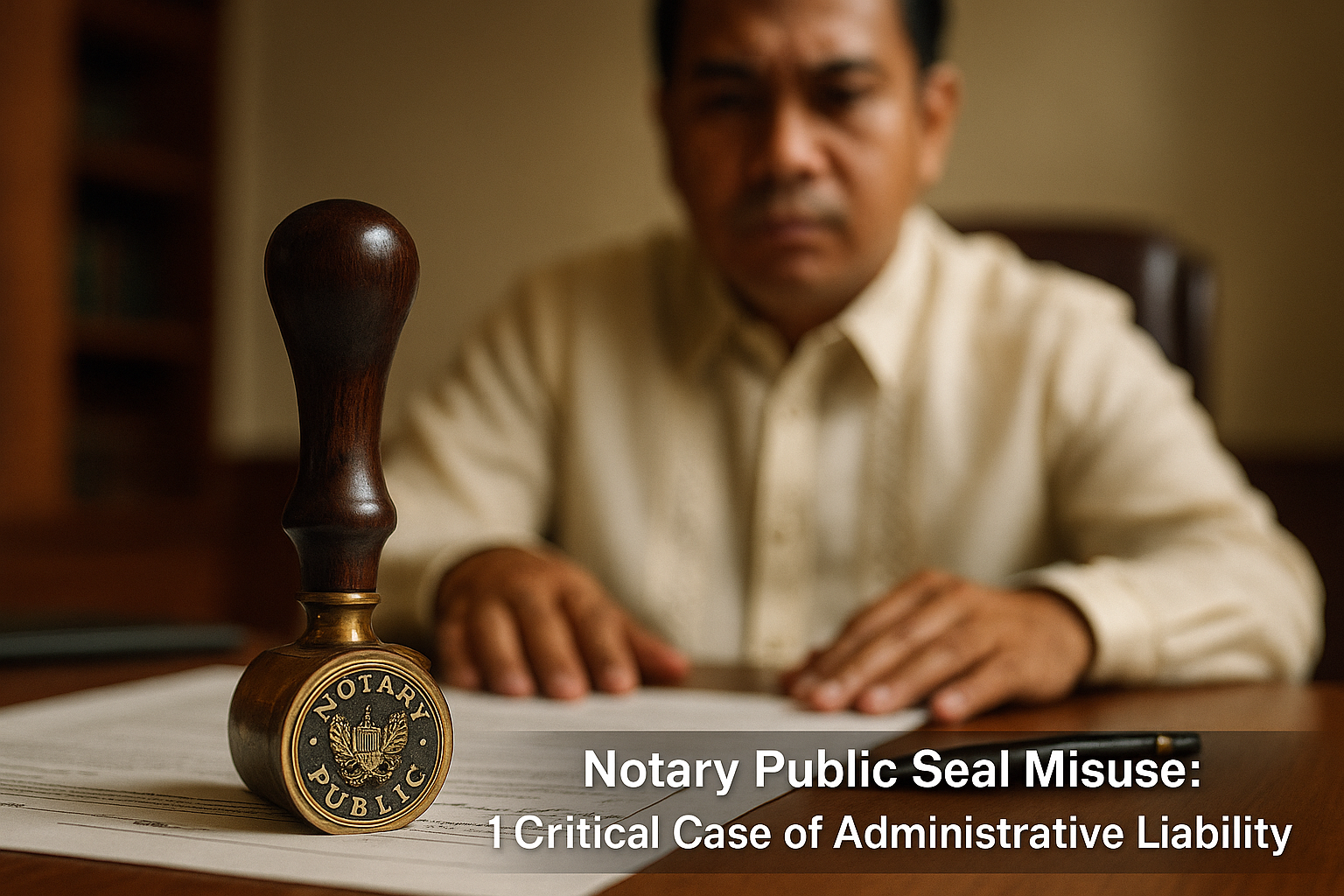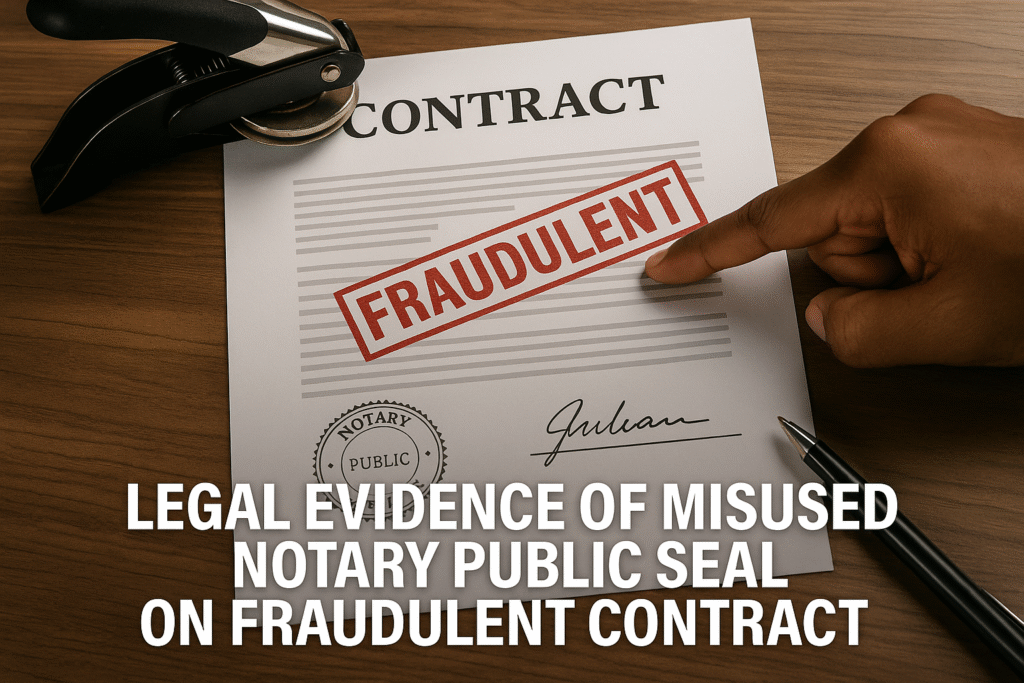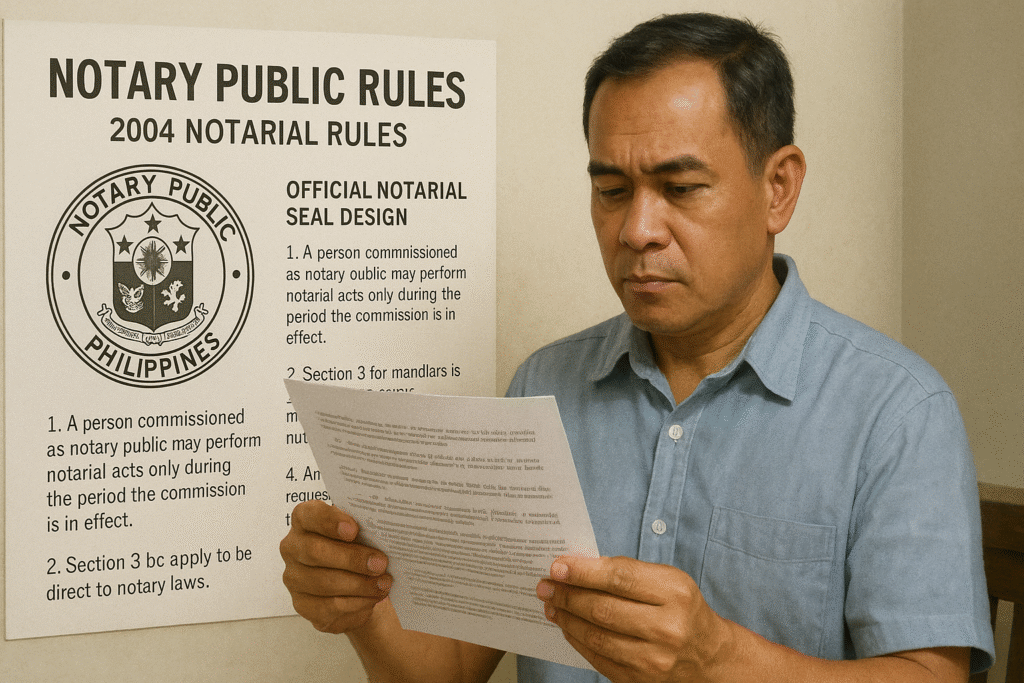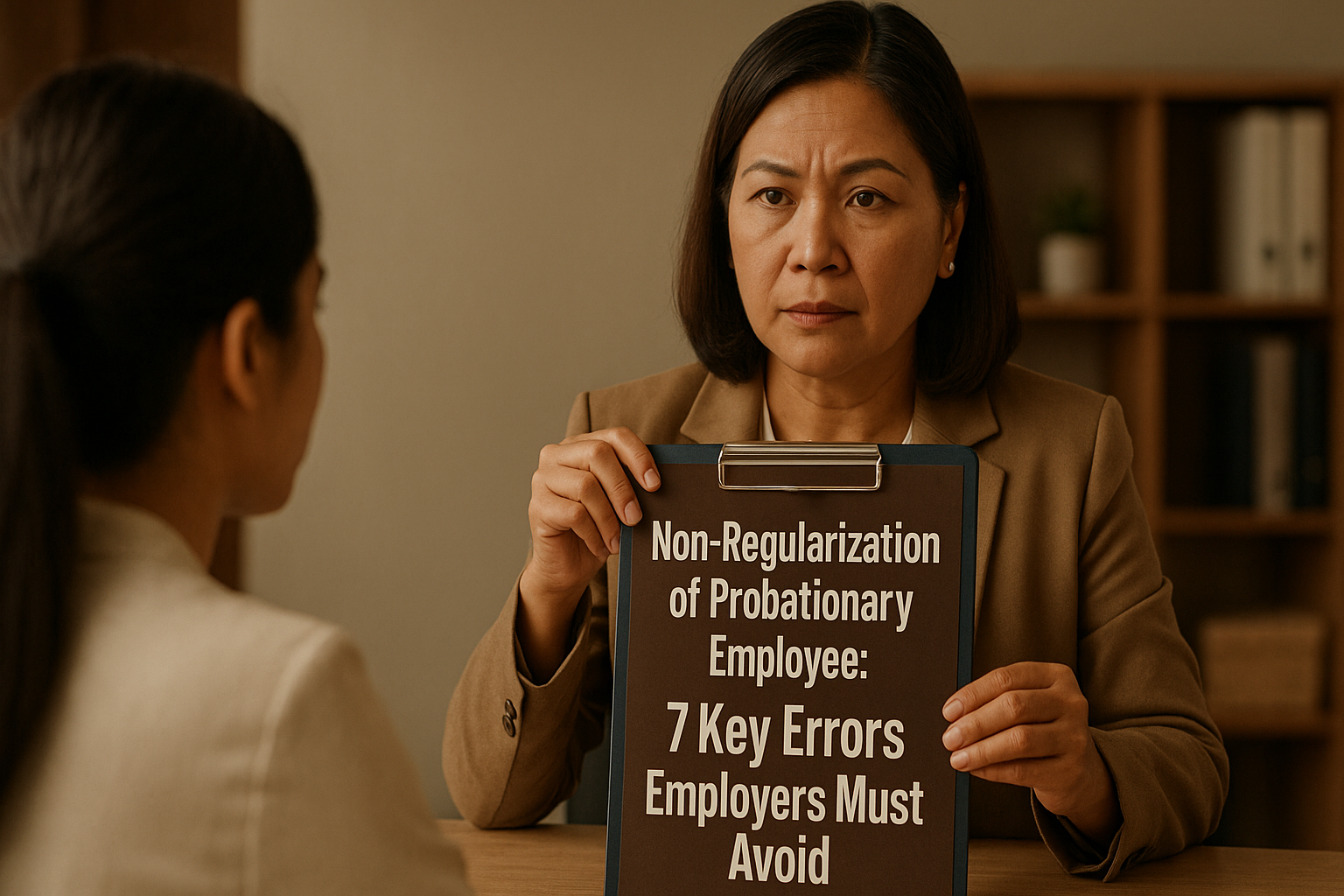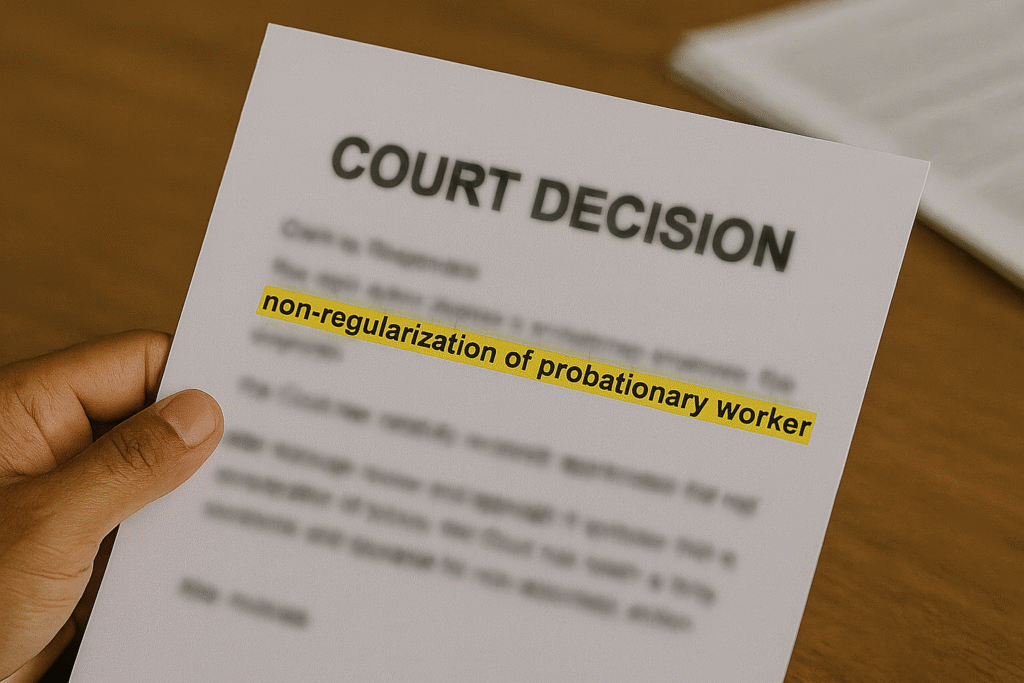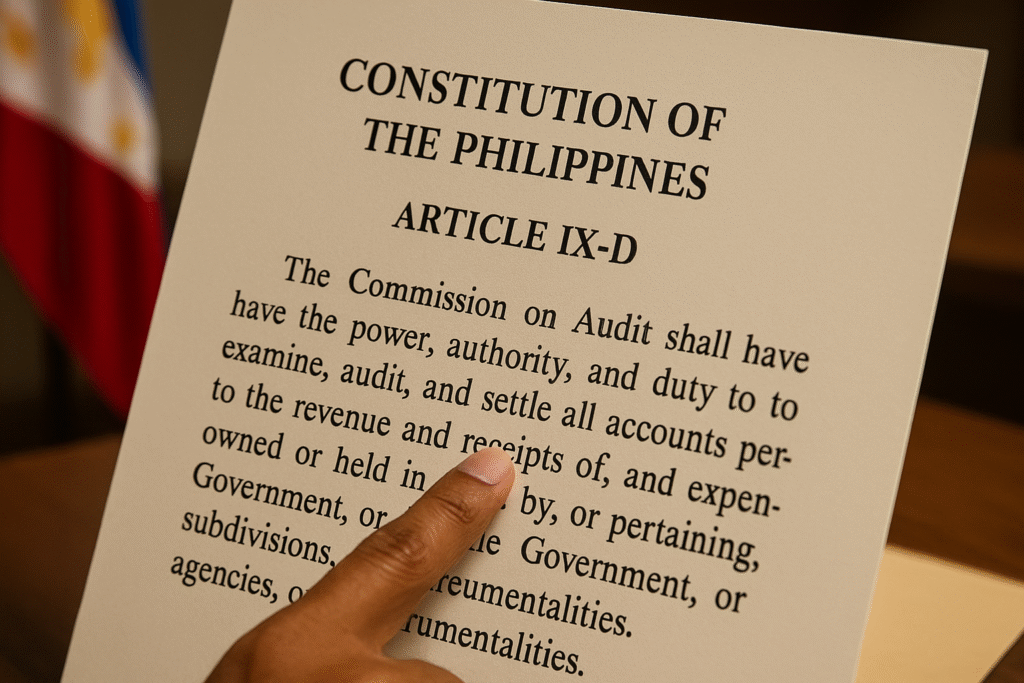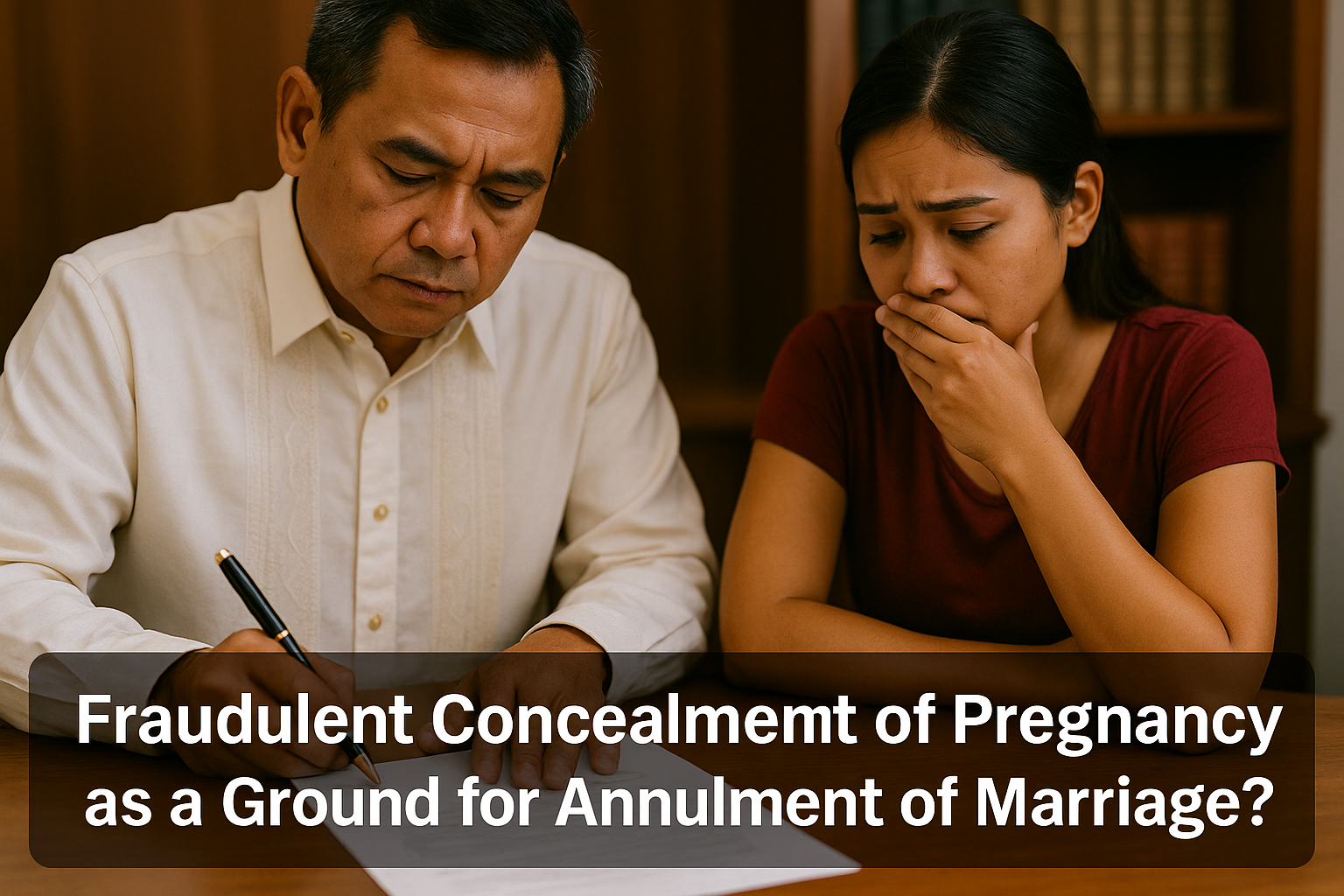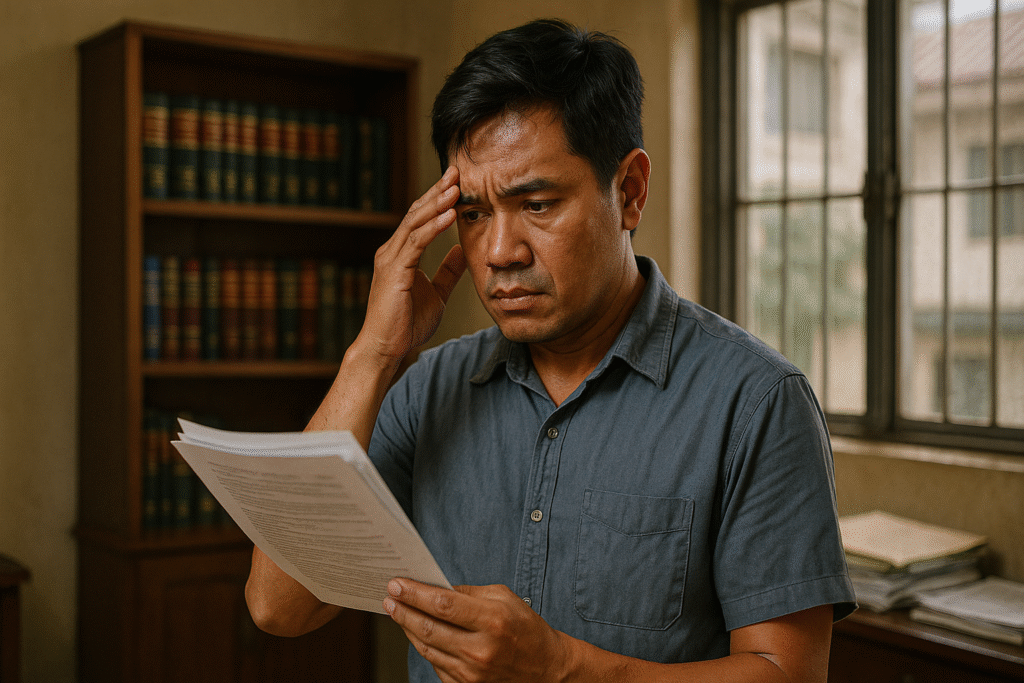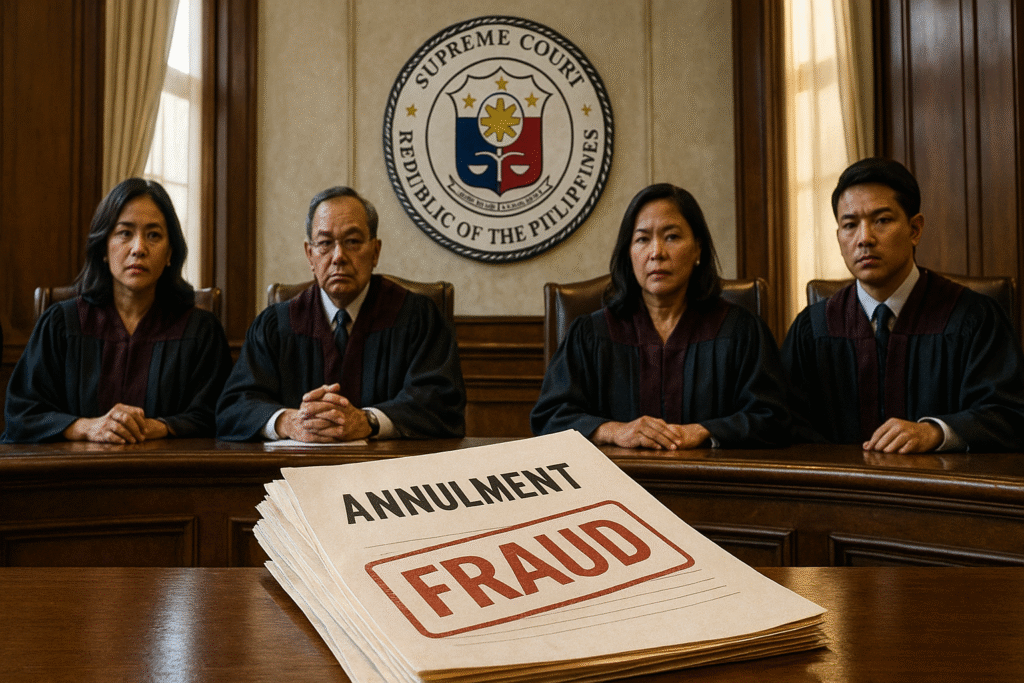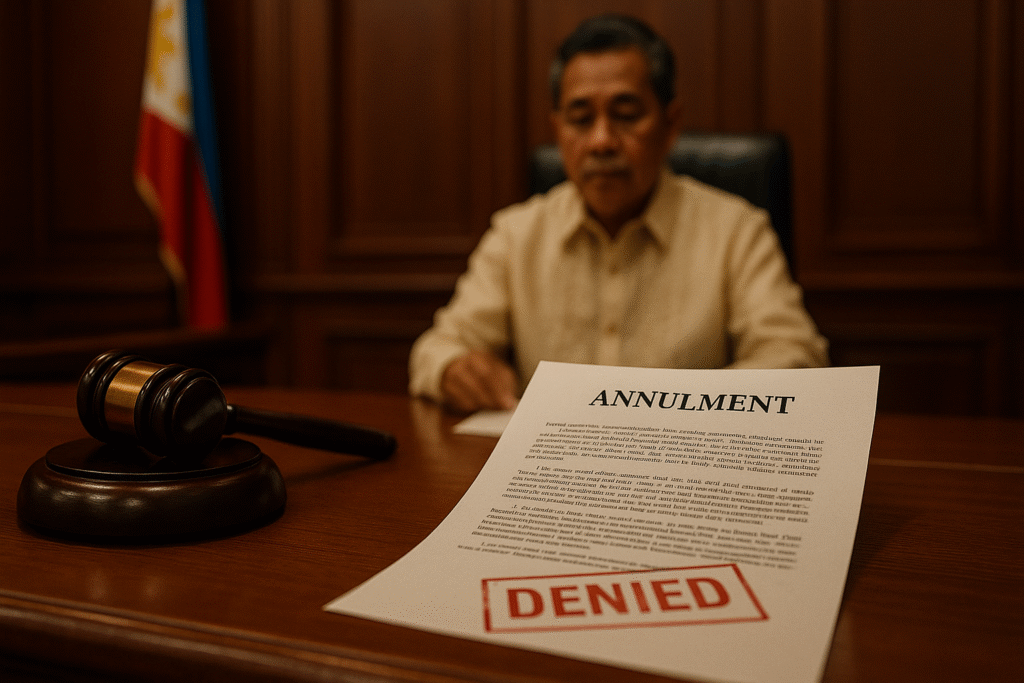August 8, 2022
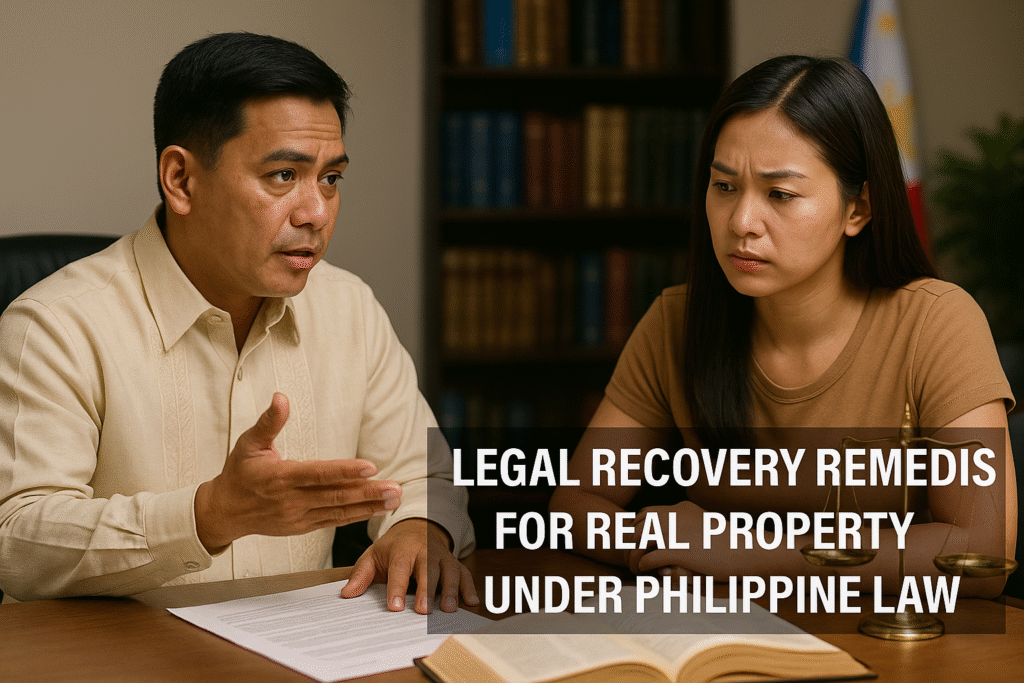
These are the three ways to recover possession of real property under the Philippine law and legal system
The legal actions for recovery of possession of real property may be any of the following:
1. Accion interdictal comprises two distinct causes of action, namely, forcible entry (detentacion) and unlawful detainer (desahucio). In forcible entry, one is deprived of physical possession of real property by means of force, intimidation, strategy, threats, or stealth, whereas in unlawful detainer, one illegally withholds possession after the expiration or termination of his right to hold possession under any contract, express or implied. The two are distinguished from each other in that in forcible entry, the possession of the defendant is illegal from the beginning, and that the issue is which party has prior de facto possession, while in unlawful detainer, possession of the defendant is originally legal but became illegal due to the expiration or termination of the right to possess.
The jurisdiction of these two actions, which are summary in nature, lies in the proper municipal trial court or metropolitan trial court. Both actions must be brought within one year from the date of actual entry on the land, in case of forcible entry, and from the date of last demand, in case of unlawful detainer. The issue in said cases is the right to physical possession.
2. Accion publiciana is the plenary action to recover the right of possession which should be brought in the proper regional trial court when dispossession has lasted for more than one year. It is an ordinary civil proceeding to determine the better right of possession of realty independently of title. In other words, if at the time of the filing of the complaint more than one year had elapsed since defendant had turned plaintiff out of possession or defendant’s possession had become illegal, the action will be, not one of the forcible entry or illegal detainer, but an accion publiciana.
3. Accion reivindicatoria is an action to recover ownership also brought in the proper regional trial court in an ordinary civil proceeding. Accion reivindicatoria or accion de reivindicacion is, thus, an action whereby the plaintiff alleges ownership over a parcel of land and seeks recovery of its full possession. It is a suit to recover possession of a parcel of land as an element of ownership. The judgment in such a case determines the ownership of the property and awards the possession of the property to the lawful owner. It is different from accion interdictal or accion publiciana where plaintiff merely alleges proof of a better right to possess without claim of title.[1]
On the other hand, we have the so-called action for Quieting of Title, which is a “common-law remedy for the removal of any cloud or doubt or uncertainty on the title to real property by reason of any instrument, record, claim, encumbrance, or proceeding that is apparently valid or effective, but is, in truth and in fact, invalid, ineffective, voidable, or unenforceable, and may be prejudicial to said title.” In such an action, the competent court is tasked to determine the respective rights of the complainant and other claimants to place things in their proper place and to make the one who has no rights to said immovable respect and not disturb the other. The action is for the benefit of both, so that he who has the right would see every cloud of doubt over the property dissipated, and he can thereafter fearlessly introduce any desired improvements, as well as use, and even abuse the property. For an action to quiet title to prosper, two indispensable requisites must concur, namely: (a) The plaintiff or complainant has a legal or an equitable title to or interest in the real property subject of the action; and (b) The deed, claim, encumbrance, or proceeding claimed to be casting cloud on his title must be shown to be in fact invalid or inoperative despite its prima facie appearance of validity or legal efficacy.
“The action for quieting of title may be based on the fact that a deed is invalid, ineffective, voidable, or unenforceable. The terms of the writing may or may not be material to an action for quieting of title, depending on the ground alleged by the plaintiff. For instance, when an action for quieting of title is based on the unenforceability of a contract for not complying with the Statute of Frauds, Article 1403 of the Civil Code specifically provides that evidence of the agreement cannot be received without the writing, or a secondary evidence of its contents. There is then no doubt that the Best Evidence Rule will come into play.” [2]
[1] You may read the case of Heirs of Alfonso Yusingco, Represented by Teodoro K. Yusingco vs. Amelita Busilak, et.al., G.R. No. 210504, January 24, 2018
[2] Heirs of Margarita Prodon vs. Heirs of Maximo S. Alvarez and Valentina Clave, G.R. No. 170604, September 02, 2013



